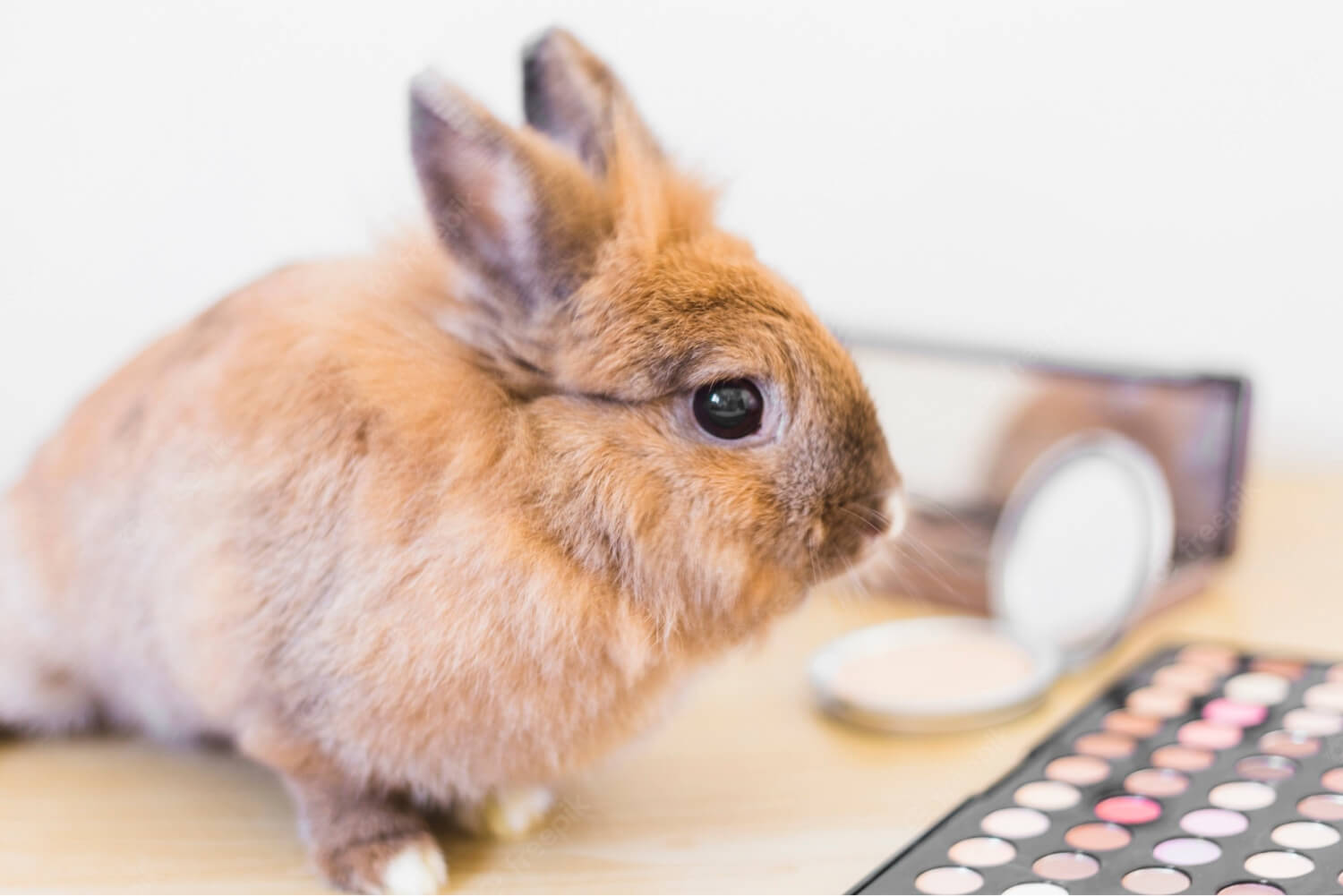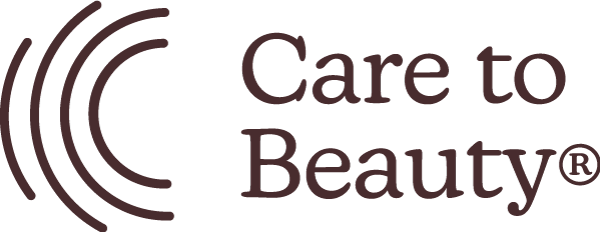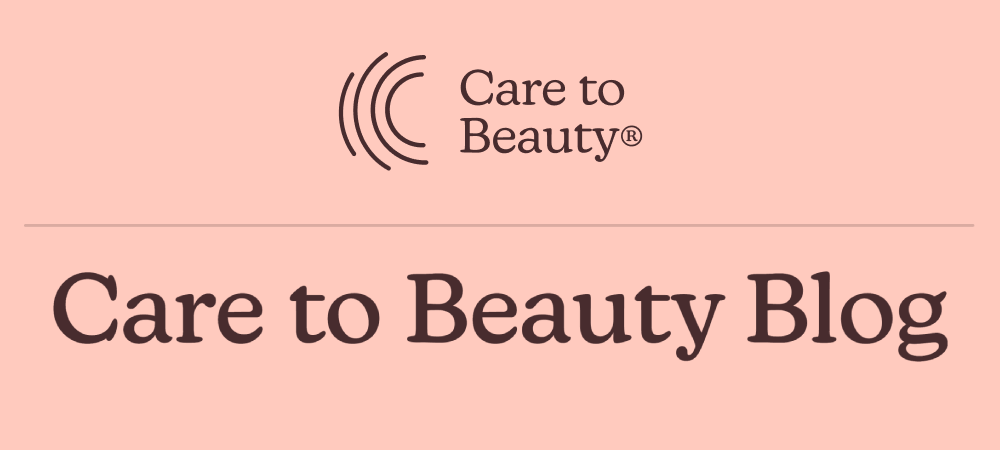
Animal testing is one of the most important issues that surrounds the development of skincare and other cosmetics nowadays. In the past, many consumers didn’t know or care if their products were tested on animals, but things have changed. Today, skincare aficionados are increasingly aware of the importance of animal welfare. The interest in vegan and cruelty-free skincare has reached an all-time high, and consumers are determined to avoid animal testing whenever possible. In Europe, this growing awareness has actually been turned into law, with a ban on animal testing of skin care products and ingredients.
What does this mean for you, then? Are all Europeans products cruelty-free? What if they’re produced outside of Europe? And why can’t you find any “cruelty-free” claims on the packaging? Today, we’re taking a quick look at the European ban on animal testing. Come along!
Is animal testing illegal in Europe?
In the European Union, it is illegal to sell skincare products that have been tested on animals (or whose ingredients have been tested on animals). That’s the short version, but there’re more:
The European ban on animal testing
The European ban on animal testing is actually a set of different bans, which came into force in different years:
- The testing ban on finished products, which came into force in 2004;
- The testing ban on ingredients used in cosmetics products, which came into force in 2009;
- The marketing ban, the latest version of which has been in effect since 2013.
The testing bans mean that animal testing is prohibited. The marketing ban means that skincare and make-up brands active in the EU cannot market any products that have been tested on animals, even if the tests were carried out in another territory. In practice, this means that the products you’ll find for sale at Care to Beauty were not tested on animals, in accordance with the legislation in force in the European Union.
Why European skincare can’t claim to be “cruelty-free”
We’ve established that skincare sold in the European Union can’t be tested on animals, but then… why can’t you find that information on the product packaging? It’s actually pretty simple: since no one is allowed to test on animals, no one is allowed to claim that not testing on animals is a specific benefit of their brand.
In practice, if a brand claims to be “cruelty-free” in the European Union, all they’re really saying is that they comply with the law. Hardly a benefit!
And if you’d like to go really deep into this subject, let’s go there. In the European Union, skincare claims are regulated by the Commission Regulation (EU) No 655/2013. According to this document, claims on cosmetic products should always conform to six common criteria: legal compliance, truthfulness, evidential support, honesty, fairness, and informed decision-making. According to Annex I of the Technical Document on Cosmetic Claims, “claims which convey the idea that a product has a specific benefit when this benefit is mere compliance with minimum legal requirements should not be allowed.”
In short: brands aren’t actually allowed to make claims that merely translate into “we follow the law”. Seeing as animal testing for cosmetic purposes is banned in the European Union, “cruelty-free” claims don’t actually mean anything beyond “we follow the law”. This is why you won’t find them on European skincare packaging.
Now that you know the basics on the European ban on animal testing, you may have an easier time navigating the world of European skincare. While the discussion around “cruelty-free” skincare is much bigger than what we’ve alluded to here, this basic information can be a good start. Why not read up on European sunscreen next?
Beauty Writer & Editor


